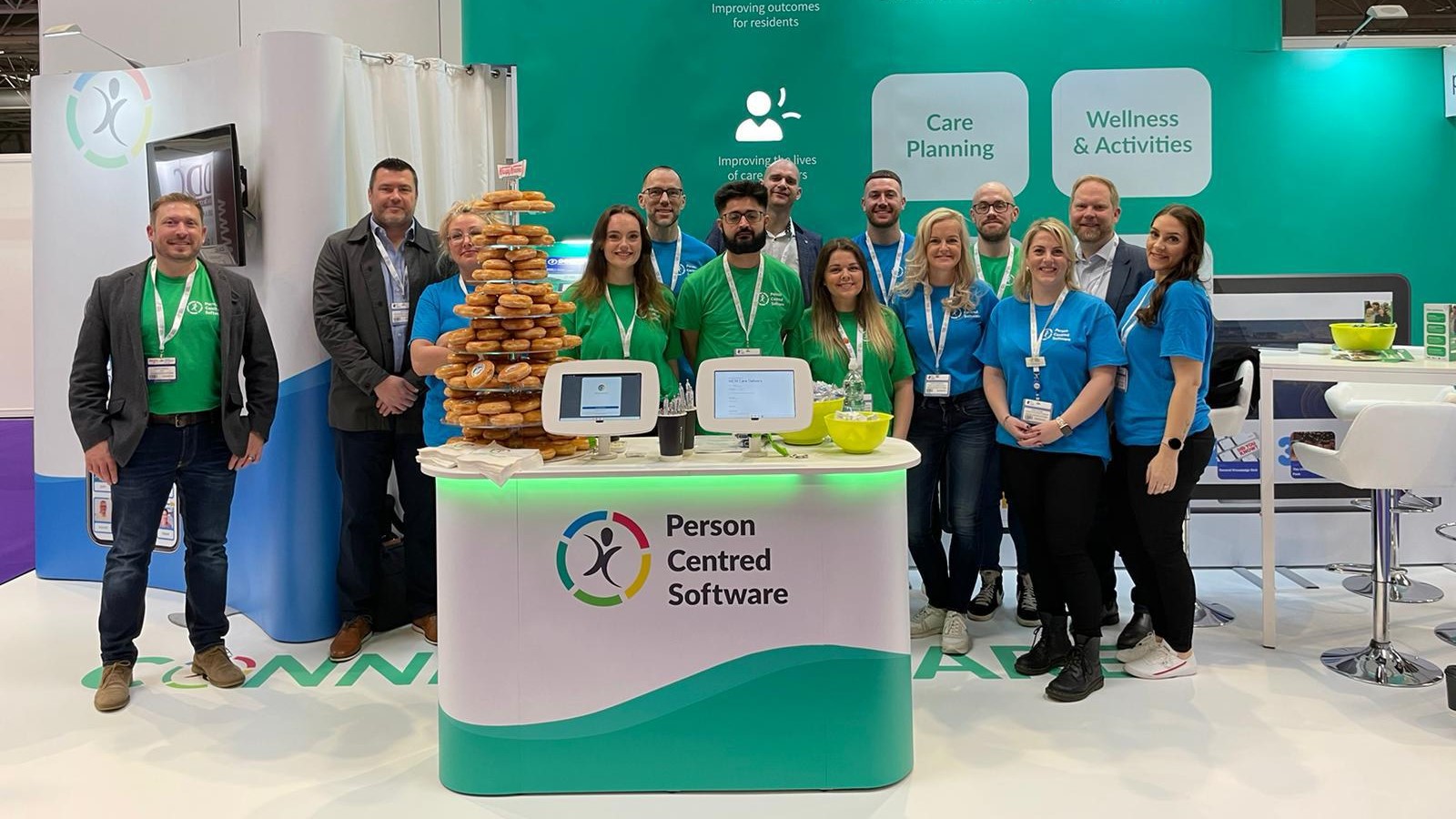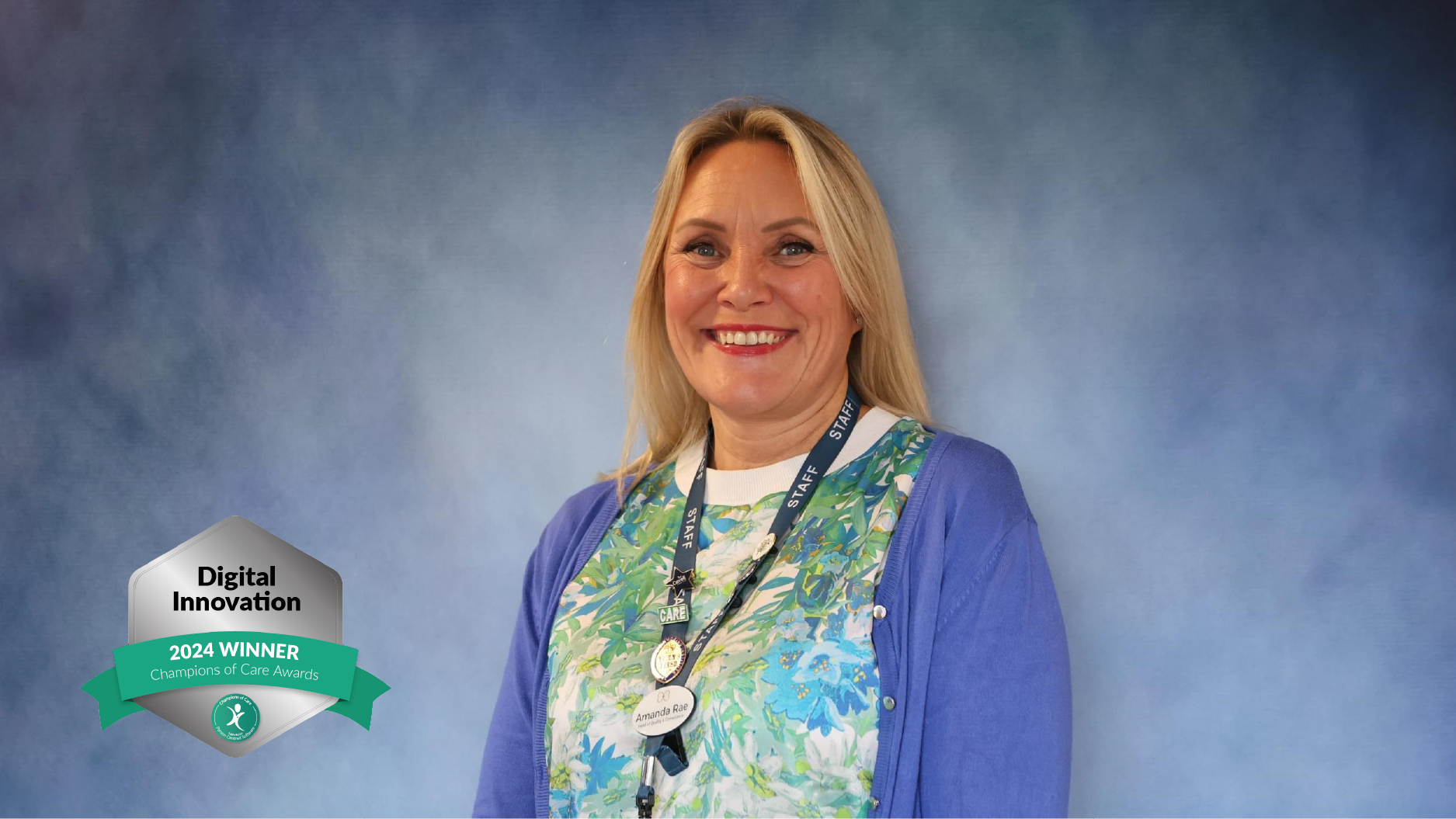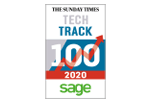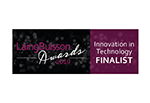
Published in Care Management Matters
In this article, Jonathan Papworth of Person Centred Software explains how continually evolving technological advancements are reshaping the future of social care for people with dementia.
According to the Alzheimer’s Society, there are currently around 850,000 people living with dementia in the UK. However, this is projected to rise to 1.6 million by 2040.
With about 70% of care home residents living with dementia, care providers are continuously looking for ways to adapt to the expected rise in numbers, so that caregivers can continue delivering the best dementia care possible.
One solution is technology. After all, technology is constantly improving, making it one of many reasons why care providers continue to implement innovative solutions to improve their quality of care. For example, digital care technology that can be integrated into care homes and utilised to help support dementia care is a key technological area of development. Person-centred digital solutions, which detail what is important to each individual and their preferred care plan, are proving to be a powerful tool for staff when caring for those living with dementia.
By utilising these agile and innovative advancements, care environments have been able to implement and integrate software that empowers staff to provide a more responsive and personalised quality of dementia care to improve residents’ quality of life.
Digital comfort
By empowering caregivers with information on a person’s past life story, hobbies and fears, they have the tools to draw upon and address crucial situations to adequately comfort someone living with dementia. For example, if a care home resident with dementia experiences anxiety, there are digital tools that can provide information, such as that person’s favourite song/book, which can be used as a tool to help calm them and aid with reminiscing – a core focus for someone with dementia.
Agitation in people with dementia can be due to many reasons, such as pain or discomfort, medical reasons such as side effects of a medicine, communication problems and environment. Researchers at Imperial College London published research that discusses a model for analysing the risk of agitation in people with dementia and how in-home monitoring data can support them. Researchers proposed a semi-supervised model which combines a self-supervised learning model and a Bayesian ensemble classification.
Digital care management systems are also becoming the hub of all information that disparate technologies create, informing care providers of everything they need in a single application.
Caregivers are now able to access an array of information about a resident living with dementia from the palm of their hand, as well as evidence assessments at the point of delivery. Specialist functions, such as our ‘Who I Am’ feature , can utilise an assessment plan, capturing all kinds of information about the resident. For example, whether they have any cognitive impairments. This allows care staff to provide a person-centred care plan and pathway. It notifies care staff and those in a social care setting who interact with individuals living with dementia how they should treat and communicate with them. Of course, dementia is a complex condition and no two people living with dementia are the same.
Personalisation is key
Therefore, care homes should provide staff with personalised insight into each individual’s condition and care needs, rather than putting everyone in the same dementia ‘box’, which isn’t helpful, practical or ethical. These care documents contain a great deal of information that makes up an individual and, more importantly, should include key elements about a person’s life such as hobbies, fears, past careers and even what they like to talk about.
Good digital dementia care technology serves as a portal into the life of the individual, allowing care staff to extract information to connect with the person on a meaningful level and offer the utmost care they require.
Care staff no longer need to waste time physically searching for information about an individual that has been filed away in a cupboard somewhere. The information is always and instantly accessible, helping to improve the quality of care through saved time and boosted productivity.
Ultimately, when on-boarding a resident with dementia and even those without, you want to capture their life story to identify what makes them unique. By using technology to document their life events, mental state and wishes for future care, digital care plans will naturally be more comprehensive and therefore instrumental to both the individual and the care provider.
Profile-building software
Care technology can also be used to build a profile on someone’s life that care staff can use to help interact with residents in a way that is comfortable and person-centred to them. Similar to the Alzheimer Society’s ‘This is Me’ tool, profile-building software can be utilised to improve the quality of information about a person’s life while also making it possible to easily access critical information when it is most needed.
Features around personal behavioural support plans are also beneficial, providing a greater understanding for the carer to determine how the resident behaves on a good day and, in contrast, what makes them feel sad or anxious.
Keeping a record of these behaviours empowers care staff to make swift and better interventions. The simple advantage of having access to a person’s favourite poem, for instance, could make all the difference in calming them down or cheering them up when they are agitated or upset.
Furthermore, when individuals with dementia start to experience cognitive decline, they may struggle to express themselves. This is where digital care systems can also provide the carer with access to any wishes or concerns the individual may have noted when first joining the care environment. These could be anything from religious beliefs to culture to wishes for the future.
Jasmine McFetters, a carer at Bernhard Baron Cottages, has embraced technology in her approach and said, ‘We have a resident that has mental health issues and suffers with anxiety. There’s a prayer that she likes to read when she’s anxious. It’s really good to have that information available for all staff under the “What makes me feel better if I’m anxious or upset?” section of the “Who I Am” feature.’ It is now possible for carers to interact with residents living with dementia without needing to try and extract information from them. This can be an uncomfortable and daunting experience for the individual if they cannot recognise the face in front of them.
CQC compliant
Subsequently, by creating a holistic, person-centred profile that gives staff immediate insight into how best to support people with dementia, they are also complying with CQC’s Key Lines of Enquiry (KLOEs): notably, the KLOEs C1.4 which asks, ‘Do staff know and respect the people they are caring for and supporting, including their preferences, personal histories, backgrounds, and potential?’, and R1.2 which asks, ‘How does the service make sure that a person’s care plan fully reflects their physical, mental, emotional and social needs …?’.
Joined-up care
In the short term, digital care management systems have only had around a 30% uptake in the industry. Innovative digital care systems that evidence care at the point of delivery are going to be the one thing that picks up in the next year before IOT solutions become more widely available. Furthermore, digital care plans align with joined-up care, or interoperability, helping to connect health and social care in the interests of individuals’ quality of care.
We are transferring that information digitally now with the NHS National Record Locator and this means that someone in an ambulance service or someone in hospital will see the ‘Who I Am’ function as part of that hospital case file, to help them know and understand that individual.
Research projects
Payam Barnaghi is Chair in Machine Intelligence Applied to Medicine in the Department of Brain Sciences at Imperial College London. Payam’s team has developed a digital platform to collect and analyse in-home data to support people with dementia. People with dementia are at increased risk of adverse medical events (e.g., infections and falls). These often cause clinical deterioration and potentially preventable admissions. Remote home monitoring of vital signs using internet-of-things technology can identify risk factors for these events – something particularly pertinent during the COVID-19 pandemic.2
Further afield, there is a product in France that is worn as a watch but contains technology that can detect if the wearer has had a fall, with its primary benefit being to allow people to have more freedom. Another company based in Australia is using AI technology to identify the level of pain someone living with dementia is in. The aim is to reduce behavioural suppressant medication for people who are showing signs of challenging behaviour when it is caused by pain they cannot communicate.
Cognetivity Neurosciences‘ five-minute test – the Integrated Cognitive Assessment or ICA – asks patients to respond to 100 images as the images appear on an iPad in rapid succession and to then select each image that contains an animal. The speed and accuracy data of responses is then analysed via an AI and the user’s risk of having early signs of cognitive decline is established with a previously unattainable level of accuracy. Cognetivity’s iPad-administered test has recently been validated via a peer-reviewed paper as being exceptionally sensitive to elusive early-stage dementia, which allows care teams to identify when certain interventions may be needed and ensure members receive an appropriate, best-in-class care plan at the earliest possible stage. The ICA supports the whole patient journey, from the screening of at-risk individuals and assessment during the diagnostic process to longer-term monitoring.
Ultimately, if we are to raise awareness and reduce the stigma that has persisted around dementia for far too long, then the adoption of technology is a necessary step to achieving such a utopia.







.webp?width=80&height=80&name=HTD%20Awards%202023%20Badge%20(4).webp)













